Singapore things To Do - activities, hotels, golf courses & car rental
The Singapore hotel and activities guide offers stay over guests and cruise ship visitors information and discount reservations for hotels, villa rentals, car rentals, activities and shore excursions in Singapore.
Plan your trip from home and save a lot versus booking via your cruise ship or travel agent. Book your resort, hotel, car rental or activity in Singapore with the Singapore Hotels & Travel Guide at up to 50% less then the regular published rates.
One of the most iconic attractions in Singapore is the Marina Bay Sands, a luxury resort and casino complex located in the heart of the city. It features a rooftop infinity pool, several high-end restaurants, and a shopping mall.
Another popular destination in Singapore is the Gardens by the Bay, a nature park featuring a wide variety of plants and flowers from around the world. It also includes the famous Supertree Grove, a collection of towering artificial trees that light up at night.
Singapore is also home to several historical and cultural attractions, such as the Merlion, a statue of a mythical creature with the head of a lion and the body of a fish. The Merlion is a symbol of Singapore, and it can be found at Merlion Park. The city also has several excellent museums, including the National Museum of Singapore, which tells the story of Singapore's history and development.
Singapore is also famous for its street food, and visitors can find a wide variety of delicious dishes at hawker centres and food courts throughout the city. Some popular dishes include Hainanese chicken rice, laksa, and satay.
Singapore is a small but vibrant country that offers a wide variety of attractions for visitors to enjoy. From its modern skyline, nature parks and luxury resorts to the historical and cultural attractions, delicious street food and multicultural population, there is something for everyone in Singapore.
Singapore Travel Information
Singapore is a city and island nation in Southeast Asia. The country occupies a group of 63 islands in total, separated from Indonesia by the Strait of Singapore and from Malaysia by the Strait of Johore. The latter strait in particular is very narrow. The Strait of Singapore is part of the Karimata Strait and thus part of the South China Sea. The main island, Singapore or Pulau Ujong, is connected to mainland Malaysia by a causeway, the Johor–Singapore Causeway in the north, and a bridge, the Malaysia–Singapore Second Link, in the northwest. Some surrounding inland islands are also connected to the main island via fixed connections. A lot of land is being reclaimed to accommodate the population and to create new industrial sites. The highest natural point is the Bukit Timah Hill at 164 meters. Mount Faber is another high point at 105 meters. This hill is a tourist attraction because of its panoramic view of the harbor and the city.
The largest island of Singapore also bears the name Singapore. In Malay it is called "Pulau Ujong", literally: island at the end [of the peninsula]. In addition to the main island, more than 60 smaller islands belong to Singapore. The original vegetation was tropical rainforest, but due to urbanization little remains of this except on some of the islands. On the main island, the Bukit Timah Nature Reserve is the only remaining rainforest area. About 23% of Singapore's surface is forests and nature reserves.
Extensive land reclamation projects have increased the land area from 581.5 km² (in 1960) to 704 km² (in 2011). The area is expected to increase by another 100 km² by 2030.[12] The total current area of the country is 716 km².
Singapore has a tropical rainforest climate (Köppen Climate Classification: Af). There are no real seasons and all year round the temperature is at a high level, there is high humidity and abundant precipitation. There are two monsoon periods, the northeast monsoon lasts from December to March and the southwest monsoon from June to September.
The average daytime temperature is between 24 and 32°C (77 and 91°F), with little variation over the months.[14] On average, annual rainfall is about 2200 mm and it rains 167 days a year.[14] There is no dry season, but relatively most precipitation falls between November and January. In general, the north and west receive more rainfall than the eastern part of Singapore, due to a rain shadow effect.




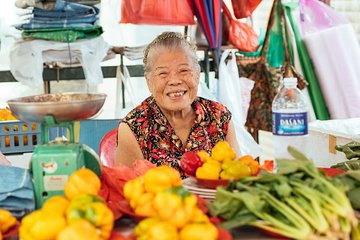

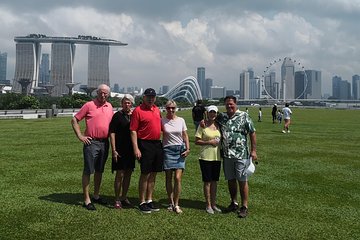



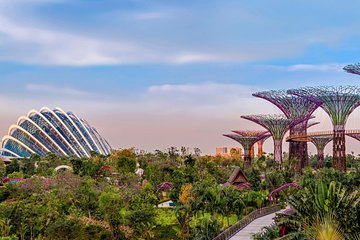



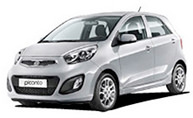
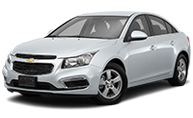

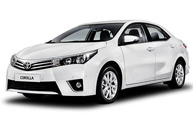
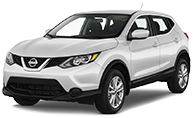
 English (Canada)
English (Canada) Español (Argentina)
Español (Argentina) Español (Chile)
Español (Chile) Español (Colombia)
Español (Colombia) Español (México)
Español (México) Español (Perú)
Español (Perú) Español (Venezuela)
Español (Venezuela) Français (Canada)
Français (Canada) Português (Brasil)
Português (Brasil) English
English Dansk
Dansk Deutsch (Österreich)
Deutsch (Österreich) Deutsch (Schweiz)
Deutsch (Schweiz) Deutsch
Deutsch English (UK)
English (UK) English (Ireland)
English (Ireland) Español
Español Français (Belgique)
Français (Belgique) Français (Suisse)
Français (Suisse) Français
Français Italiano (Svizzera)
Italiano (Svizzera) Italiano
Italiano Nederlands (België)
Nederlands (België) Nederlands
Nederlands Norsk
Norsk Português (Portugal)
Português (Portugal) Svenska
Svenska English (Australia)
English (Australia) English (Hong Kong)
English (Hong Kong) English (India)
English (India) English (Malaysia)
English (Malaysia) English (New Zealand)
English (New Zealand) English (Philippines)
English (Philippines) English (Singapore)
English (Singapore) 日本語
日本語 English (South Africa)
English (South Africa)